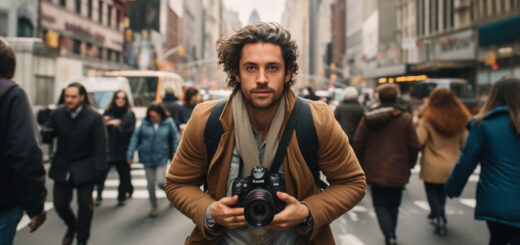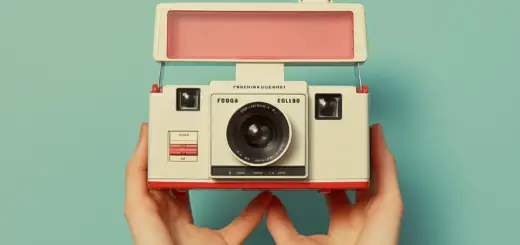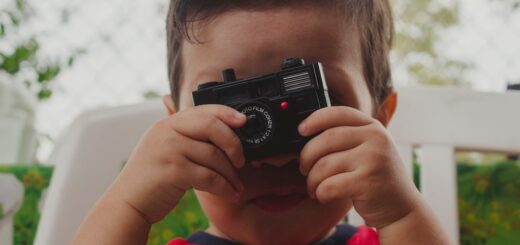The Art of AI Photography: Exploring Techniques and Technologies
In recent years, the world of photography has undergone a significant transformation with the introduction of artificial intelligence (AI) technologies. These cutting-edge tools and algorithms have the potential to revolutionize how we capture and edit images, opening up new creative possibilities for both amateur and professional photographers. In this article, we will dive deep into the art of AI photography, exploring various techniques and technologies that can help you take your photography skills to the next level.
Table of Contents
AI Photography Techniques
Artificial intelligence has a significant impact on various aspects of photography, making it more accessible, efficient, and versatile. Let’s explore some of these AI photography techniques and how they can improve your photography experience.
Composition Assistance
Composition is a crucial aspect of photography that involves arranging visual elements in a frame to create a compelling image. AI algorithms can now analyze photographs and offer suggestions for improving their composition based on the rule of thirds, leading lines, and other photographic principles. Some AI tools can even detect the main subject’s location in real-time and provide guidelines on where to position it for optimal visual impact.
Automated Editing
AI-driven editing tools can significantly speed up the post-processing workflow by automatically analyzing and editing photos based on their content. These tools can recognize different elements in an image, such as faces, skies, and landscapes, and apply appropriate adjustments to enhance their appearance. Moreover, AI editing software can also learn from your previous edits, enabling you to maintain a consistent style throughout your work.
AI-Based Photo Selection
Choosing the best photos from a large batch can be a time-consuming task for photographers. AI-powered image selection tools can help speed up this process by analyzing and ranking images based on their technical and aesthetic qualities. Factors such as sharpness, exposure, subject placement, and color harmony are taken into account, allowing you to quickly identify the most promising shots for further editing and sharing.
AI Photography Technologies
There is a variety of AI technologies and innovations available to the modern-day photographer. These options range from in-camera features to powerful editing programs, providing a wide array of possibilities for enhancing your photography experience.
Camera Hardware
Autofocus Systems:
AI-powered autofocus (AF) systems have become increasingly advanced and accurate, enabling cameras to track subjects with greater precision, even in challenging lighting conditions. Eye and face detection are now common features in modern cameras, and some models even offer animal-eye AF, making it easier to capture sharp, well-focused portraits of both humans and animals.
Computational Photography:
Today’s smartphones are equipped with advanced AI-driven computational photography features that can capture stunning images in various lighting conditions. Technologies like HDR, Night Mode, and Portrait Mode leverage multiple exposures and AI algorithms to create well-exposed, dynamic images with excellent depth-of-field effects.
Editing Software
AI-Powered Filters and Adjustments:
Editing software providers like Adobe, Skylum, and ON1 have introduced AI-powered tools and filters to enhance images quickly and intuitively. Examples include AI-powered sky replacement, skin retouching, and adjustments that can smartly apply edits based on the image’s content.
Deep Learning Style Transfer:
AI-driven style transfer tools can apply the visual style of one image to another, enabling artists to create unique combinations of photography and artwork. By harnessing deep learning algorithms, these tools analyze and replicate artistic patterns, enabling photographers to explore new creative boundaries in their work.
The Future of AI Photography
As AI technology continues to evolve, we can expect even more groundbreaking developments in photography over the coming years. In the future, AI-driven cameras may be able to automatically adjust settings based on the scene or subject being photographed, delivering optimal results with minimal user input. Additionally, the editing process will likely become more streamlined and personalized, as AI algorithms continue to learn from users’ preferences and styles.
In conclusion, the art of AI photography is an exciting fusion of technology and creativity, with enormous potential for enhancing our photographic experiences. By embracing AI techniques and tools, photographers can push the boundaries of their craft and explore new creative possibilities, ensuring that the future of photography remains both innovative and inspiring.



